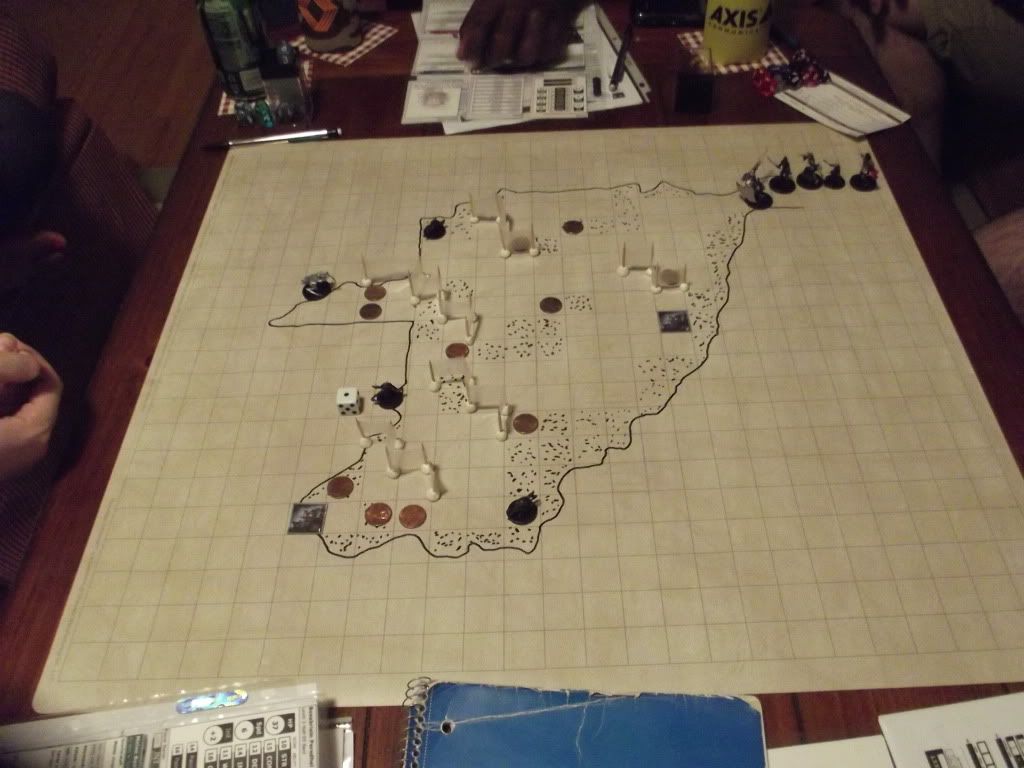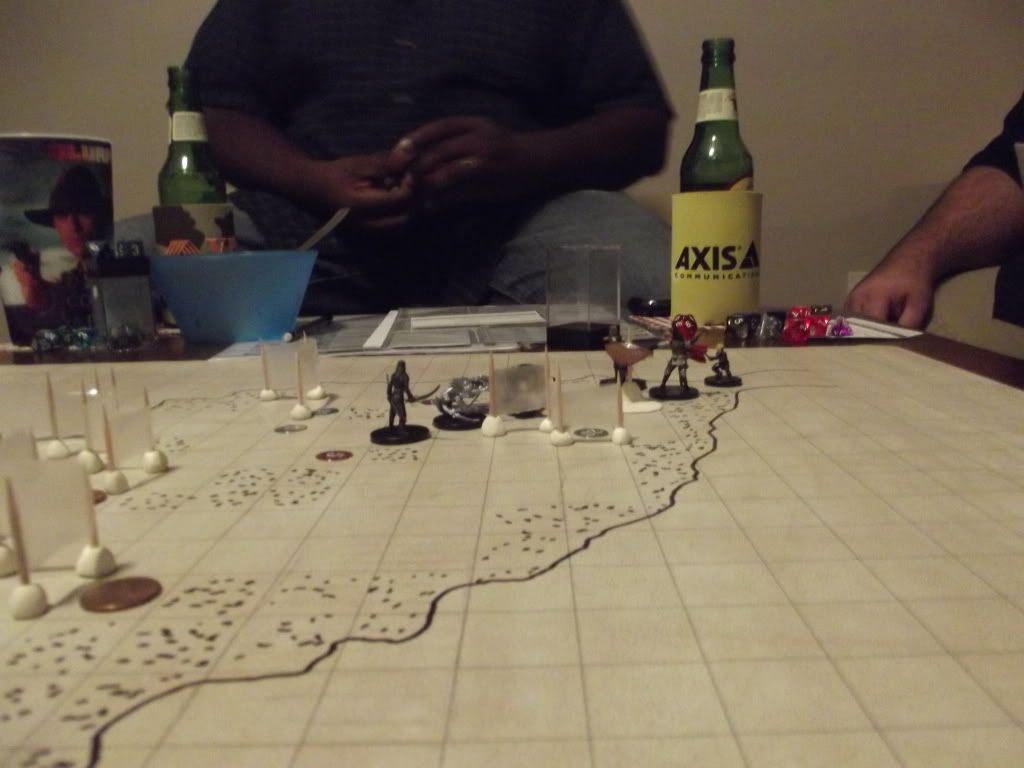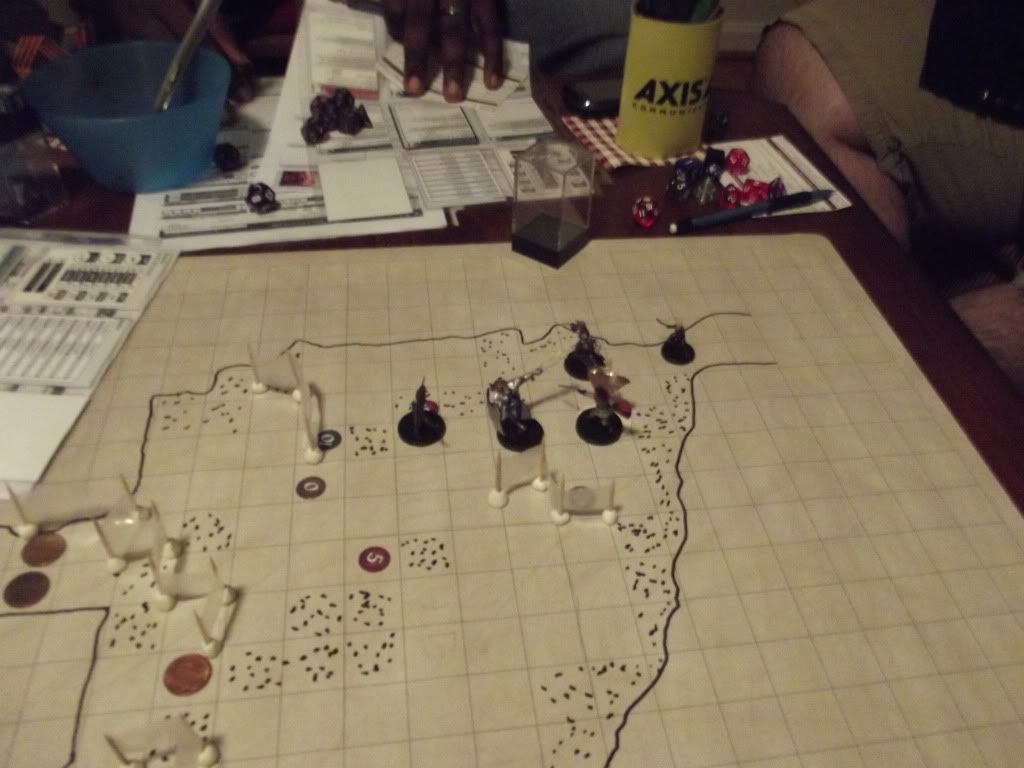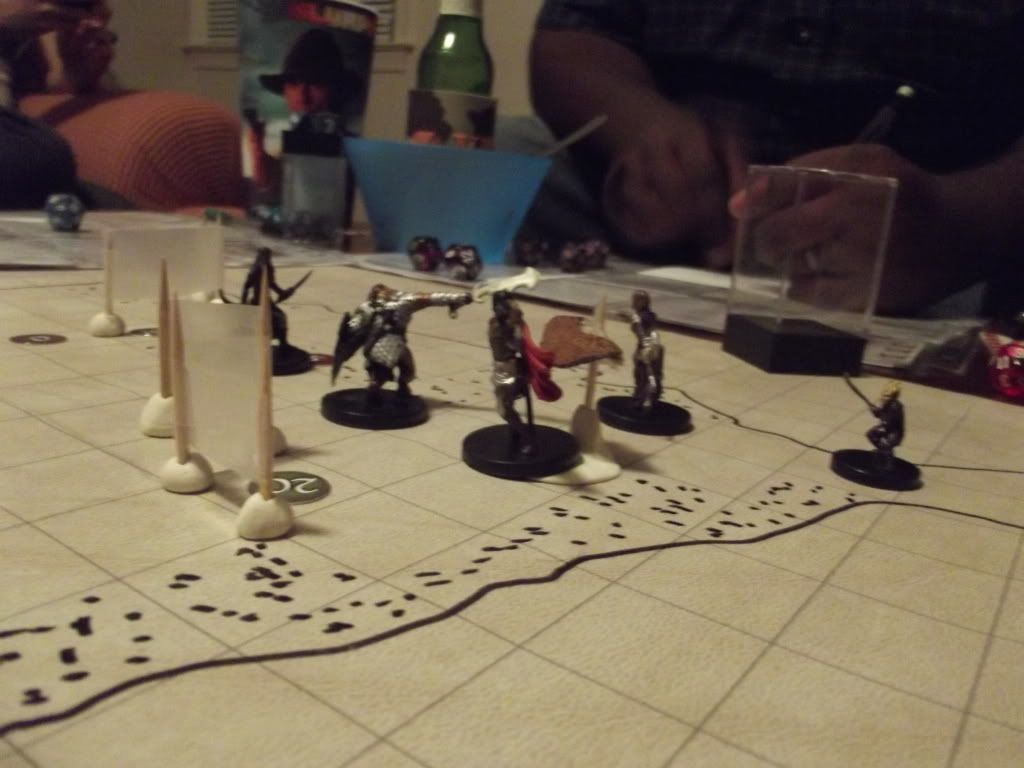Does Lovecraft exist in your campaign?
Strangely, the default answer (at least in the late eighties, anyway) is "yes." Cthulhu Now includes some adventures with elements based on H. P. Lovecraft's stories, and characters can reference those stories. In addition to roleplaying supplements, many Lovecraftian stories make reference to Lovecraft himself as having actually lived in the context of the setting.
However, as with everything, there is no absolute answer. Individual Game Masters are free to determine whether the man lived or not. There are some things to consider, though.
I usually go with the idea that he didn't live, or if he did, he's obscure enough that it effectively doesn't matter. This is pretty simple in the 1920s and 1930s, as he has achieved little to no fame at this time, but by the modern era, Lovecraft is everywhere. Even if you've never heard of him, you probably have seen a horror movie, or read a horror novel. If you've ever read any Stephen King, or watched a King film adaptation, you've seen some of Lovecraft's influence on modern culture. It rarely comes up in a Call of Cthulhu game, but it's possible that you have to determine some explanation. The simplest is probably that Lovecraft, or someone similar to him, lived and wrote stories exploring the same themes, but not the same stories.
Then there's the idea that H. P. Lovecraft lived, and the world is pretty much as we know it (except for the whole "Cthulhu Mythos" thing). I've never gone this route, largely because I thought it was lame when I was younger, but it's an interesting choice for a very specific reason. You can easily use this to add to the horror of the setting.
Imagine, if you will, that you're an investigator, and you're looking into this series of weird murders. You're not well-versed on popular culture, but you are well-versed in Semitic languages. This is fortunate, because the murders seem to be perpetrated by someone worshipping something called "Dagon," which you recognize as an Assyrian and Hebrew deity from the region. Your first Google hit is for some movie and your third is for a wikipedia article on a short story, so that's not going to help. Neither of them reveal "the church of Dagon" or anything ominous like that, so you're not worried.
Here we go. Google search page two has the Temple of Dagon...oh, but it's another site to this Lovecraft author. Esoteric Order of Dagon! They're an occult order — oh. "The E.'.O.'.D.'. utilizes the so-called Cthulhu Mythos of the horror and fantasy writer H. P. Lovecraft as a magickal method of exploring the Collective Unconscious." So you do magic based on a book. Maybe they're what you're looking for, but these seem like Crowley types rather than hardcore murderers.
This pattern repeats — you either find stuff on this Middle Eastern god or this pulp horror author, so you return to your investigation another way. Eventually, you find some sacred objects of the cult, depicting Dagon not as the merman-looking guy from Dark Age literature, but either as a fish man or a fish man with an octopus head and bat wings.
Wait a minute. This all sounds familiar.
You go back to your Google results. Oh shit.
This Lovecraft guy has the whole history of the cult. He mentions specific things that you're just learning. Your buddy Sanchez discovered this old tablet and started having messed-up dreams, too, until he finally killed himself. The tablet disappeared from his house.
It gets even more horrific. You learn that an alternate name for this deity is Cthulhu, and it's everywhere. Children's programming even references Cthulhu. They made a roleplaying game, a video game, a bunch of movies...
See what happened there?
By making Lovecraft active in your game world, you suddenly have a score of tomes penned by a circle of pen-pals in the 1920s. What's more, these guys knew the underpinnings of reality. Some facts are wrong here and there, but the stories are good enough to use as basic reference materials.
This opens up the obvious question of whether the Lovecraft circle knew it was writing about true things or not (Lovecraft, for example, had very vivid dreams, and it's possible that something was prompting his writing through dream-sendings), but in the end, it doesn't matter. You can reduce an investigator to a gibbering wreck because he read a couple of books; the revelation that one of Lovecraft's stories is true is awful, but the revelation that two or more are true is heart-rending. If more than one story is true, are all of them true? Is there no hope for the universe?
Something to ponder.
Powergamers Take Note: I know I have witnessed someone trying to use this to their advantage, but having Lovecraft's tales in your campaign is only marginally helpful. Consider: each one is a tome with no spells. They're just Sanity sinks. Sure, they let you increase your Cthulhu Mythos, but nothing is free in Call of Cthulhu.
Also, they're dated. If you're playing in a modern day game, knowing about the backwoods, Voodoo cult of Cthulhu won't help you with the upper-class hidden Satanists cult of Cthulhu.









